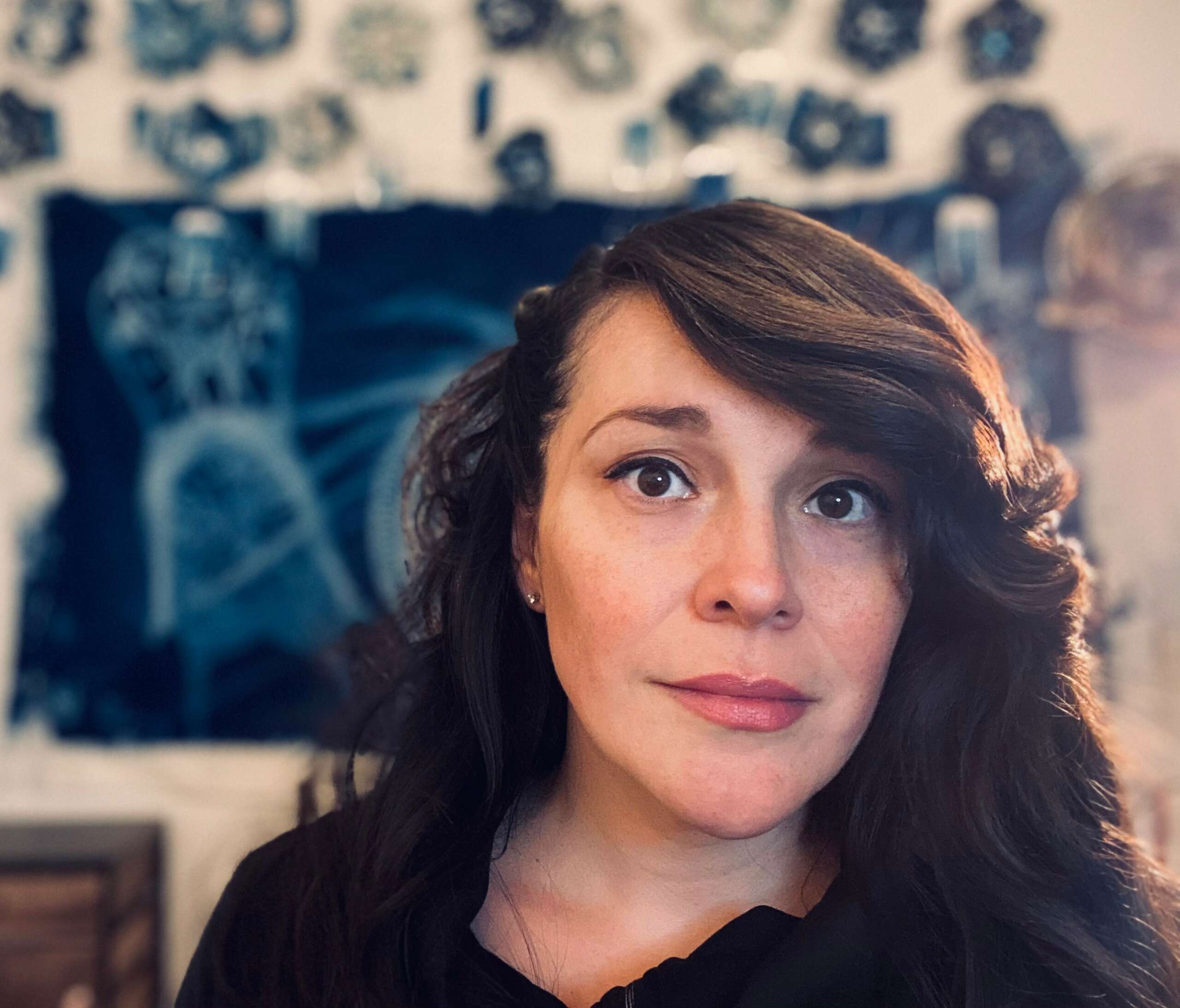We recently connected with Natali Bravo-Barbee and have shared our conversation below.
Natali , looking forward to hearing all of your stories today. What’s been the most meaningful project you’ve worked on?
The most meaningful project I’ve worked on so far is called ‘Flores de Femicidio/ Femicide Florals. It is a memorial consisting of 327 cyanotype paper flowers, each one representing a woman murdered by a man in Argentina in the year 2019. This project has not only been a tremendous labor of love but it has also been the most meaningful for a variety of reasons. I was born in Argentina, and raised in New York City, so making work that raises awareness on violence against women in my home country, felt necessary. When I started this project, I was looking for a way to deal with the lingering trauma and past experience from an abusive relationship, and that became the root from which the flowers bloomed. It took two and a half years to complete, something that I didn’t account for when I started this project in January of 2019. This project culminated with a solo exhibition at York College Fine Arts Gallery in 2021, and has gone on to become a traveling exhibition, one that educates and raises awareness on femicides. This is something I didn’t anticipate but it has been so fulfilling knowing that this project has exceeded any expectations I had for it when I conceived it.
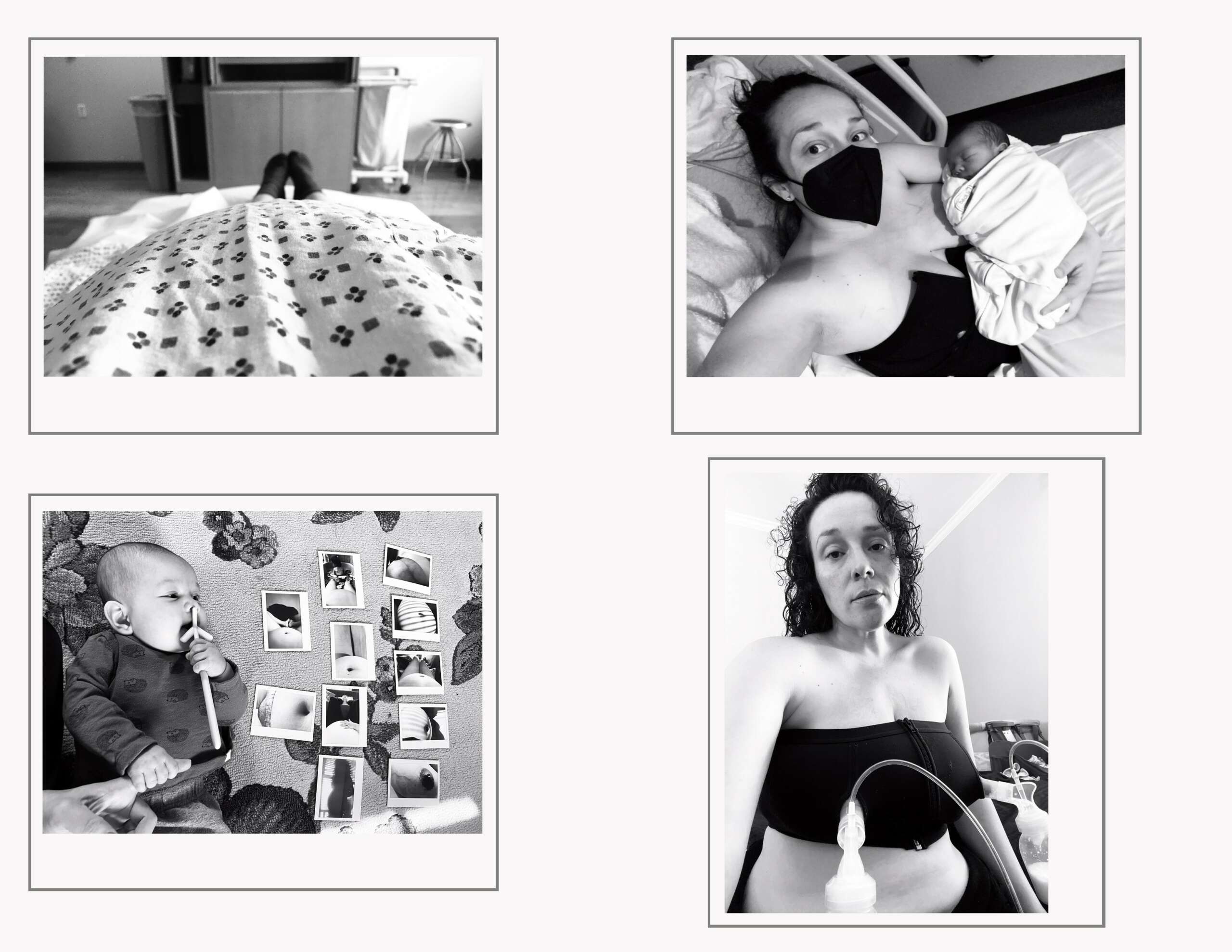
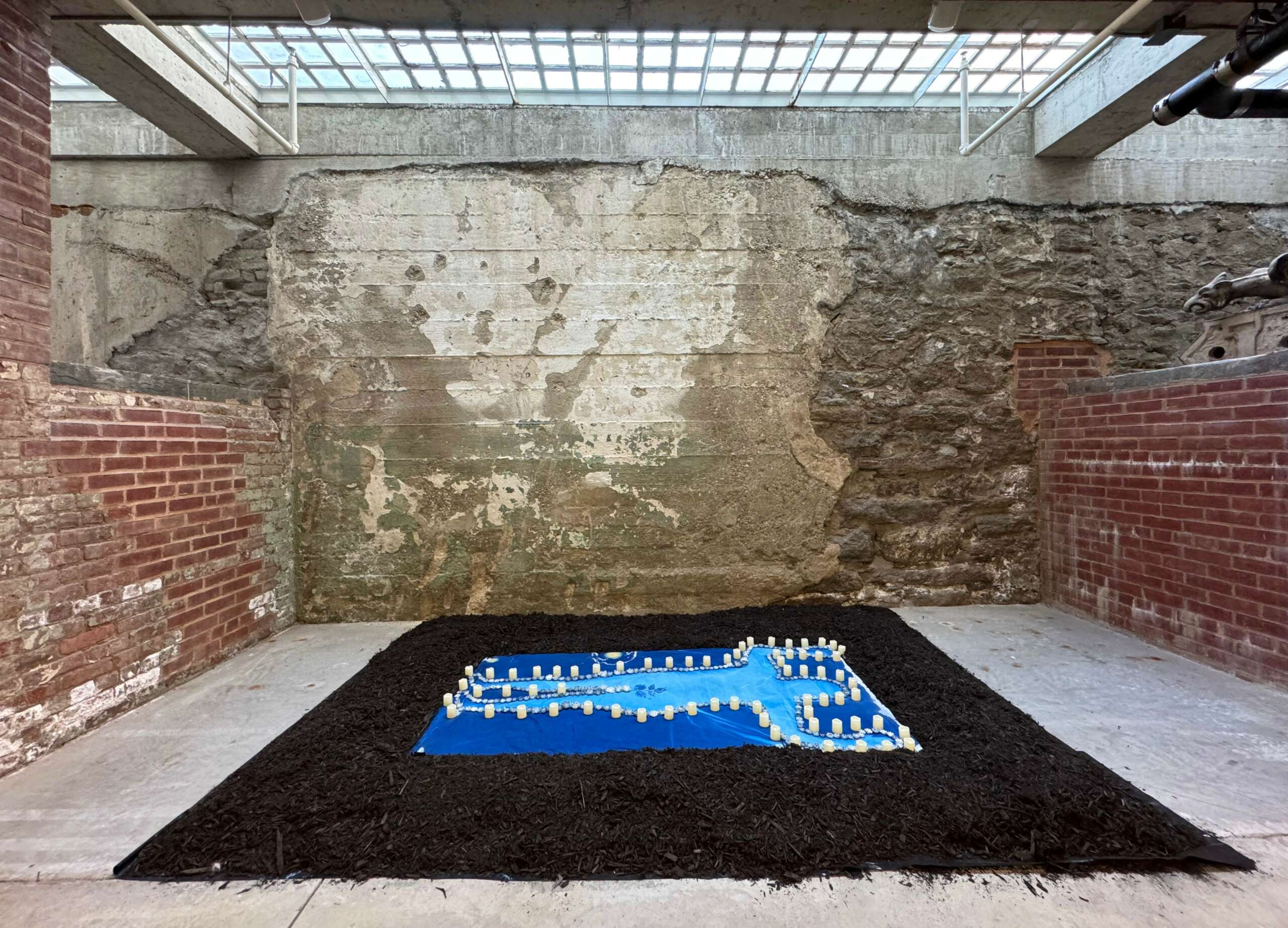
Natali , love having you share your insights with us. Before we ask you more questions, maybe you can take a moment to introduce yourself to our readers who might have missed our earlier conversations?
I am a photo-based installation artist and storyteller. That means photography is the foundation for the large scale projects I make and the stories I tell. I have always been curious and artistically inclined, but I pinpoint the moment that I knew I wanted to pursue my artistic calling when I was in high school. A friend snapped a photo of me, and a week later, he handed me a black and white, silver gelatin print of me. That piqued my curiosity, and I needed to learn how to make photographs. Curiosity continues to be the motivation and inspiration behind all of my work. Earlier, I mentioned the term cyanotype, which is an antiquarian photographic process that dates back to 1842. It uses sun/ UV light to expose and water to develop. It gets its name from its prussian blue color. I work in a variety of photographic processes and ideas, and I feel like my unique style is what makes my work distinguishable as mine.
The part of my practice that I am the most proud of is that I study a lot while making my work. My process is research based, and it was the part of my work that was lacking for many years. So now, I take pride in being a learner, while also being a creative and maker. I have found that this component of my work opens the door to an exchange of information.
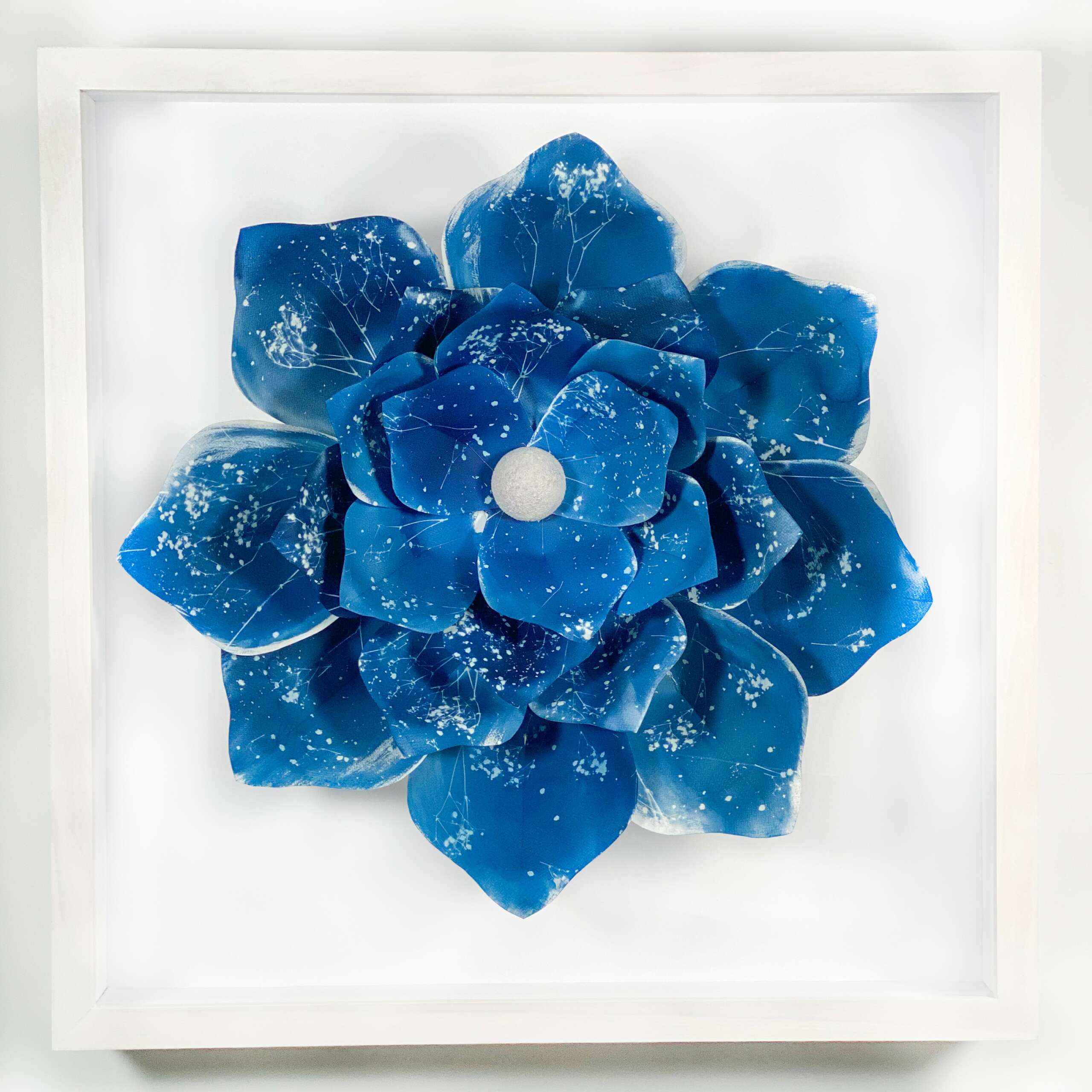

We’d love to hear a story of resilience from your journey.
I feel like artists are resilient in many ways. We deal with a lot of obstacles and rejection, but somehow, we dust ourselves off and get back up and make more art. If I have to choose a part of my artistic journey that depicts resilience, it would be the transition into Mother/Artist. Learning the delicate balance of being a working artist and mother/parent is a path that looks different for everyone. I found that having a supportive family and working late nights was the formula that allowed me to continue my artistic endeavors. There is a lot of guilt that comes with taking time for myself to focus on my work, because I know that time waits for no one, and that before long, my children will be grown and I need to enjoy this fleeting moment. But if I don’t make work, I won’t feel fulfilled and I’ve learned that one can’t pour from an empty cup, and making art fills my cup.


How can we best help foster a strong, supportive environment for artists and creatives?
I feel like there are a multitude of ways to better support artists, one way is for art institutions to be self-aware. Museums and galleries should evaluate and take inventory on how many contemporary and local women, women of color, mothers, nonbinary, etc. they hold on their rosters and in their collections. Opening doors and giving opportunities to the artists in our community is incredibly important and this needs to be reevaluated often.
Another way to support creatives is by advocating for funding for the arts, which is crucial. This is how the artists in our communities can continue to make work and lead workshops. The more funding that goes towards arts councils and organizations that disburse funds to artists, the more artists that can actually receive grants. Grants are highly competitive because of the limited funding. Many artists are teaching artists, which means they teach and/or host workshops where they teach and engage with the community. By funding socially engaged artists, not only are we financially helping artists pay their bills, but we are also supporting the array of cultures in our neighborhoods.
Finally, I can’t state this one enough. I think that showing up for them, for us. Going to their exhibits and shows. If you do social media, like and share their work. If you are in a position to do so, buying their work is a fantastic way to encourage artists. I am part of an artist collective, and we support each other in so many different ways, it can be proofreading grant applications, sharing opportunities, writing recommendations and more. Trust me, a little support goes a long way for an artist.
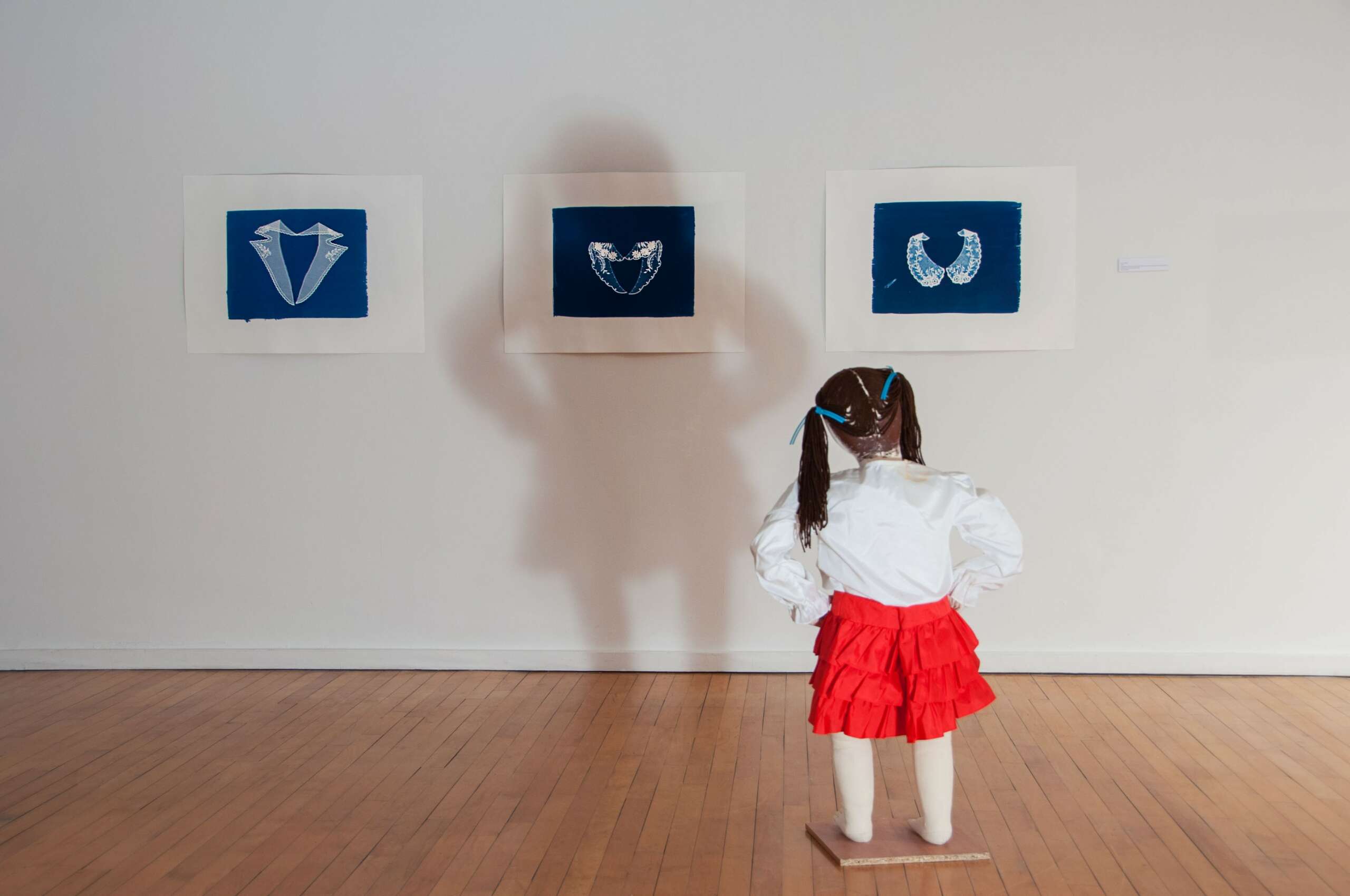
Contact Info:
- Website: https://www.natalibarbee.com
- Instagram: https://www.instagram.com/barbee_bravo/


